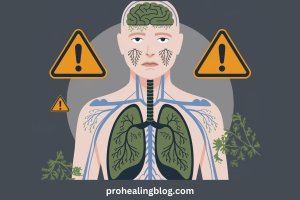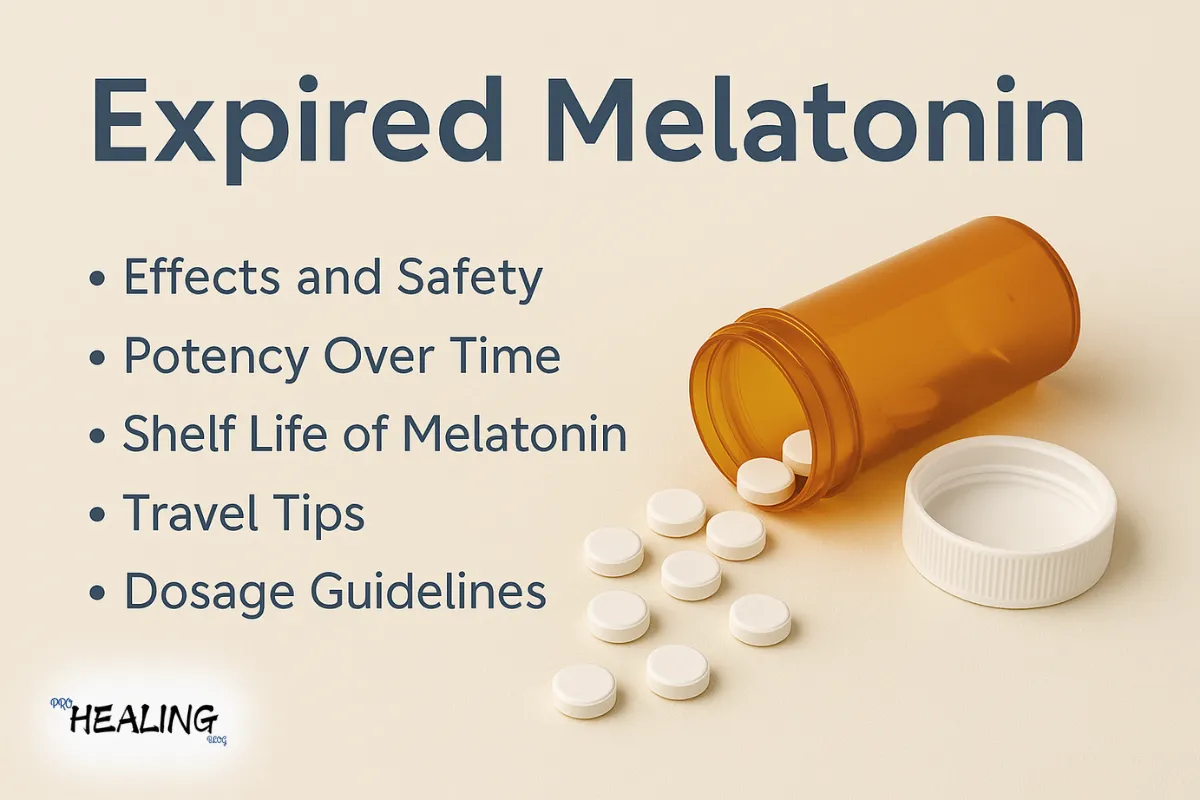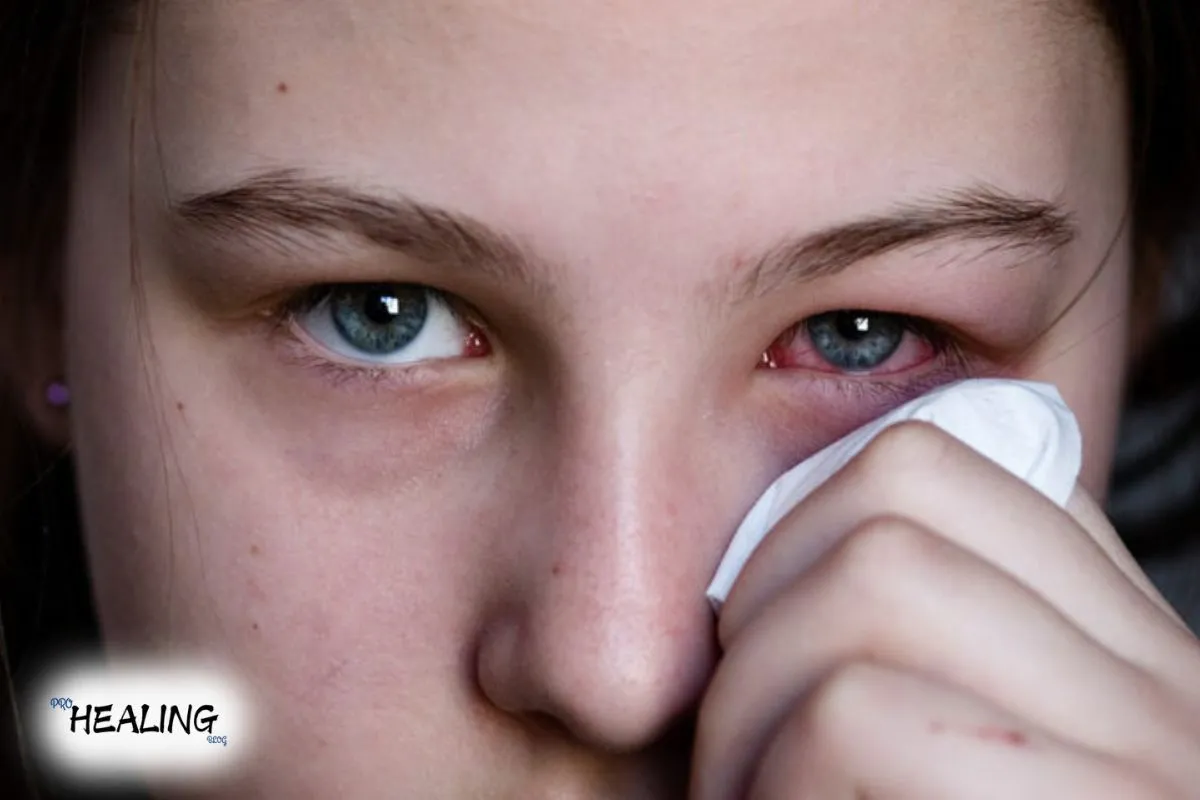You’ve been feeling off lately—fatigued, congested, and just not yourself. But what if the culprit isn’t a cold or stress? What if it’s something lurking in your home, invisible yet harmful? Mold toxicity is a silent threat that affects 1 in 4 people living in damp or water-damaged buildings, according to the World Health Organization. let’s learn about the warning signs of mold toxicity.
Mold doesn’t just damage your property; it can wreak havoc on your health. From respiratory issues to neurological symptoms, the warning signs of mold toxicity are often subtle and easily overlooked. But here’s the good news: with the right knowledge, you can identify the problem, take action, and protect yourself and your loved ones.
In this article, we’ll dive deep into the warning signs of mold toxicity, how it affects your body, and what you can do to prevent or address it. Let’s get started!
See Also: Warning Signs of Mold Toxicity: Protect Your Health Today
What is Mold Toxicity?
Mold toxicity, also known as mold illness, occurs when you’re exposed to toxic mold spores in your environment. These spores release mycotoxins—harmful substances that can trigger a range of health issues.
Common types of toxic mold include:
- Stachybotrys chartarum (black mold)
- Aspergillus
- Penicillium
Mold thrives in damp, humid environments like basements, bathrooms, and areas with water damage. But it’s not always visible—sometimes, it hides behind walls or under floors, making it even more dangerous.
Common Warning Signs of Mold Toxicity

Mold toxicity can manifest in various ways, depending on your sensitivity and the extent of exposure. Here are the most common warning signs:
1. Respiratory Issues
- Persistent coughing or wheezing
- Shortness of breath
- Sinus congestion or frequent sinus infections
2. Fatigue and Weakness
- Unexplained tiredness, even after a full night’s sleep
- Feeling drained or lethargic
3. Neurological Symptoms
- Brain fog or difficulty concentrating
- Memory problems
- Headaches or migraines
4. Skin Irritation
- Rashes or hives
- Itchy or red skin
5. Digestive Problems
- Nausea or vomiting
- Diarrhea or abdominal pain
6. Mood Changes
- Anxiety or depression
- Irritability or mood swings
See Also: Tamarind: Health Benefits, Uses, and Side Effects
How Mold Toxicity Affects Your Body
Mold toxicity doesn’t just cause surface-level symptoms—it can impact your entire body. Here’s how:
- Immune System: Mold spores can trigger an overactive immune response, leading to chronic inflammation.
- Respiratory System: Inhaling mold spores can irritate your lungs and airways, causing respiratory issues.
- Nervous System: Mycotoxins can cross the blood-brain barrier, affecting cognitive function and mood.
- Digestive System: Ingesting mold-contaminated food can lead to gastrointestinal problems.
Who is Most at Risk?
While anyone can be affected by mold toxicity, certain groups are more vulnerable:
- People with allergies or asthma
- Individuals with weakened immune systems
- Infants, children, and the elderly
- Those living in damp or water-damaged homes
How to Test for Mold in Your Home
If you suspect mold toxicity, the first step is to test your environment. Here’s how:
- Visual Inspection: Look for visible mold growth, water stains, or musty odors.
- Air Quality Testing: Hire a professional to test the air for mold spores.
- Surface Testing: Use swabs or tape to collect samples from suspected areas.
Steps to Prevent and Address Mold Toxicity
1. Fix Moisture Problems
- Repair leaks and water damage immediately.
- Use a dehumidifier in damp areas like basements and bathrooms.
2. Improve Ventilation
- Ensure proper airflow in your home by using exhaust fans and opening windows.
3. Clean Mold Safely
- Use a mixture of water and vinegar or hydrogen peroxide to clean small areas of mold.
- For larger infestations, hire a professional mold remediation service.
4. Boost Your Immune System
- Eat a healthy, balanced diet rich in antioxidants.
- Stay hydrated and get regular exercise.
5. Seek Medical Help
- If you suspect mold toxicity, consult a healthcare professional who specializes in environmental medicine.
When to See a Doctor
If you’re experiencing persistent symptoms and suspect mold toxicity, don’t wait. Seek medical attention if:
- Symptoms worsen or don’t improve.
- You have a pre-existing condition like asthma or a weakened immune system.
- You’ve been exposed to mold for an extended period.
See Also: The Ultimate Hair Care Routine: Steps, Tips, and Best Practices for Healthy Hair
Final Thoughts
Mold toxicity is a serious but often overlooked health issue. By recognizing the warning signs and taking proactive steps, you can protect yourself and your loved ones from its harmful effects.
Remember, your health is your greatest asset. Don’t let mold take it away. If you found this guide helpful, share it with others who might benefit. Together, we can create healthier, mold-free environments for everyone.





